AMD’s vice president says that AMD would not follow Intel’s approach with hybrid architecture and instead wants to bring Zen 5 to desktops as soon as possible. In the interview, David McAfee, corporate vice president and general manager of the Client Channel Business at AMD, talked about the company’s existing portfolio as well as upcoming products and their planned expansion. The talk began with AMD’s Ryzen AI, which he said makes up a large part of the new Ryzen 7040 mainstream laptop series, codenamed “Phoenix.”
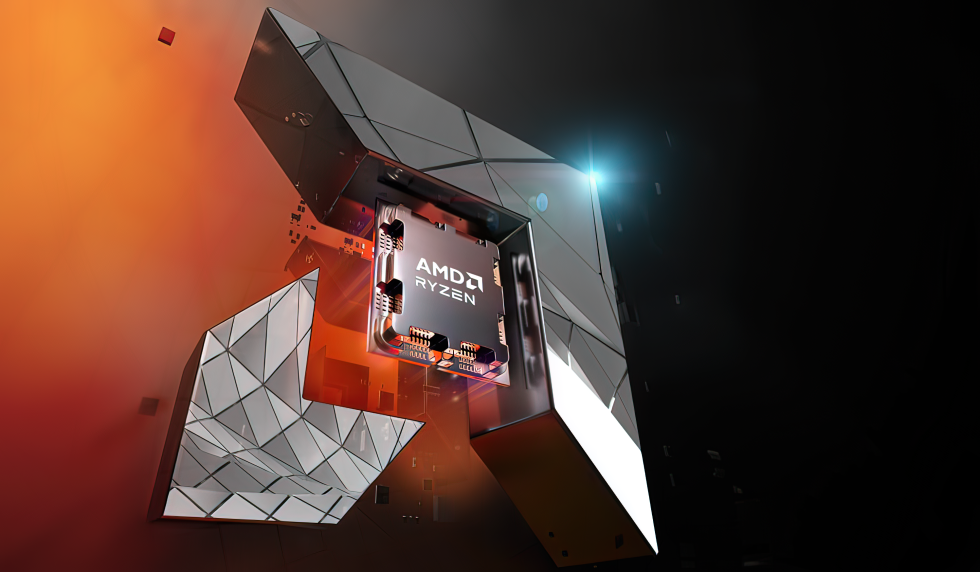
David’s most important revelation here concerns the hybrid CPU architecture. He said that it is known that AMD now has two types of Zen 4 cores, the standard Zen 4 and the density-optimized Zen 4C. David also elaborated that one way to do a hybrid CPU is to go the P-cores and E-cores route, but would not be what the red team had in mind at all. The reason, he said, is that two different cores very with different ISA capabilities made it harder to match the operating system and applications to the optimal cores for each. Intel was solving this problem with its Thread Director technology, but it would be so AMD could use similar but completely differently tuned architectures for its own hybrid approach, he said.
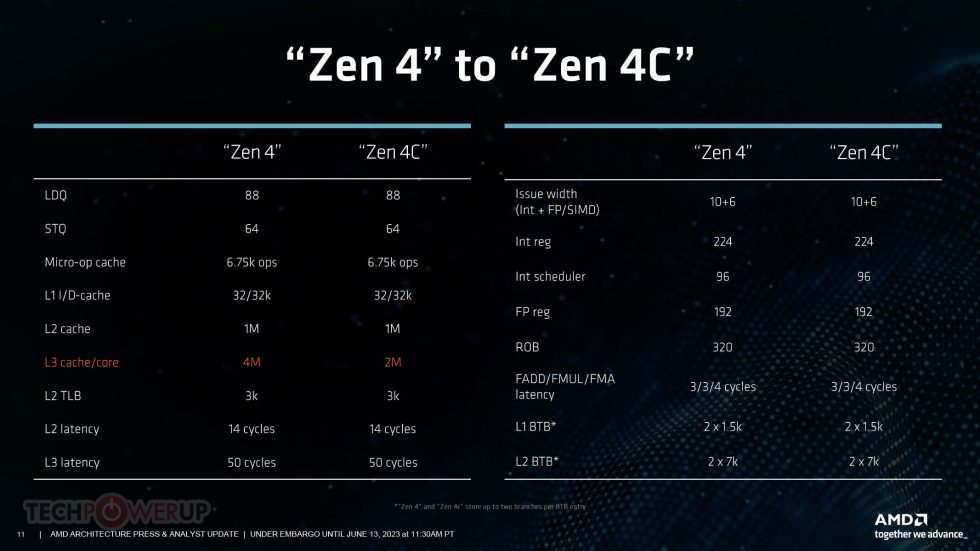
In an earlier interview with AMD’s CTO Mark Papermaster, it was revealed that hybrid client and server CPUs were already on the way, he said. It was known, he said, that Zen 4 and Zen 4C would have the same ISA, with minor changes in between that would not make them a completely new chip. More important, he said, is that the right core is used for the right tasks. AMD believes such cores would provide little benefit on an unconstrained platform such as desktops, but could provide a greater advantage in constrained designs such as laptops, he said.
AMD’s hybrid approach is expected to be adopted much more quickly on the laptop front, he said, with the first products shipping with the upcoming Strix Point APU line.
I know that Mark Papermaster talked a lot of about different core types coming into our portfolio. I guess what I would say is that as we’ve looked at different core types there’s probably two things that are overarching factors that we think about in terms of how they fit into the portfolio. One is the notion that P-Cores and E-Cores that the competition uses is not the approach that we plan on taking at all. Because I think the reality is that when you get to the point of having core types with different ISA capabilities or IPC or things like that, it makes it very complicated to ensure that the right workloads are scheduled on the right cores, consistently.
Does that make its way into a desktop processor where you’re power-unconstrained, I think that’s a harder argument to make. We’re constantly looking at different core types, how they might fit into our architectures in the future, but I think there’s some more obvious places where different core types come in and bring an advantage much more quickly than in the desktop space.
I think laptops are a far more practical application for where you might see that adopted much more quickly.
AMD VP, David McAfee (via TechpowerUp)
David also talked about Zen 5 and how they are working full steam ahead to bring their latest and greatest architecture to desktops as quickly as possible. He said the chip design is already on track for release before the end of 2024 and would be available as a Ryzen 8000 desktop CPU with additional RDNA 3.5 graphics cores.
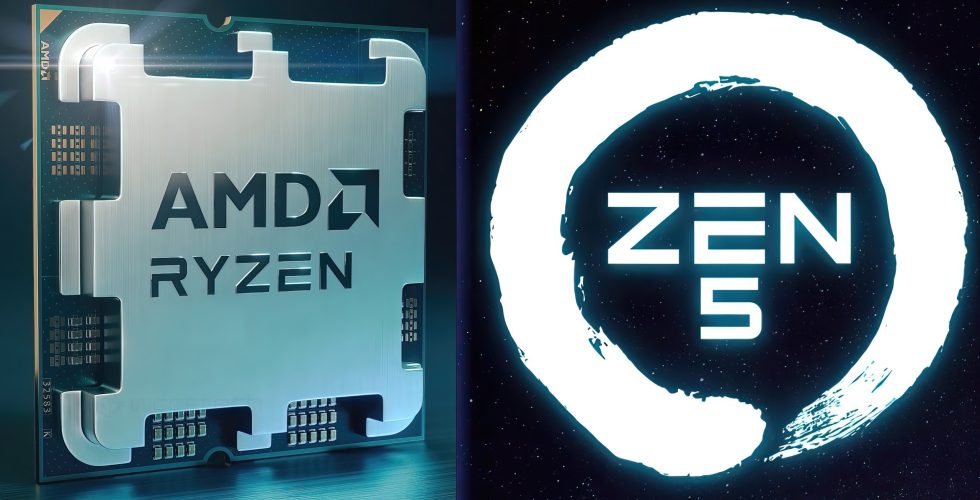
It is also emphasized that the increase in the number of cores is proportional to the available bandwidth. You can increase the number of cores all you want to say, “Hey, we have the most cores/threads on our chip,” but that doesn’t matter if the core bandwidth isn’t available. The excess cores will not have a linear impact on performance, he said. Such a design would lead to performance degradation, and that is the limitation associated with dual-channel memory platforms, he said. Once faster memory is available for higher bandwidths on these platforms, we could see another jump in the number of cores, but it looks very much like they will stick with 16 cores in the Zen 5 series for now.
What we are looking for with Zen 5 is to bring it into the desktop space as quickly as we possibly can. As excited as we are about Zen 4, I think what you’ve seen from AMD is that every step in that processor core architecture gives us just such an amazing uplift in terms of capability, in terms of IPC, in terms of performance across every possible workload that you see in desktop and mobile applications. We’re working very, very hard to get it into the market as fast as possible, I know that Mark has talked in the past about how Zen 5 is on-track, it’s in-design, it’s taped-out etc so we are working very hard on it and I think you’re going to be very excited when you see that product come to market.
AMD VP, David McAfee (via TechpowerUp)
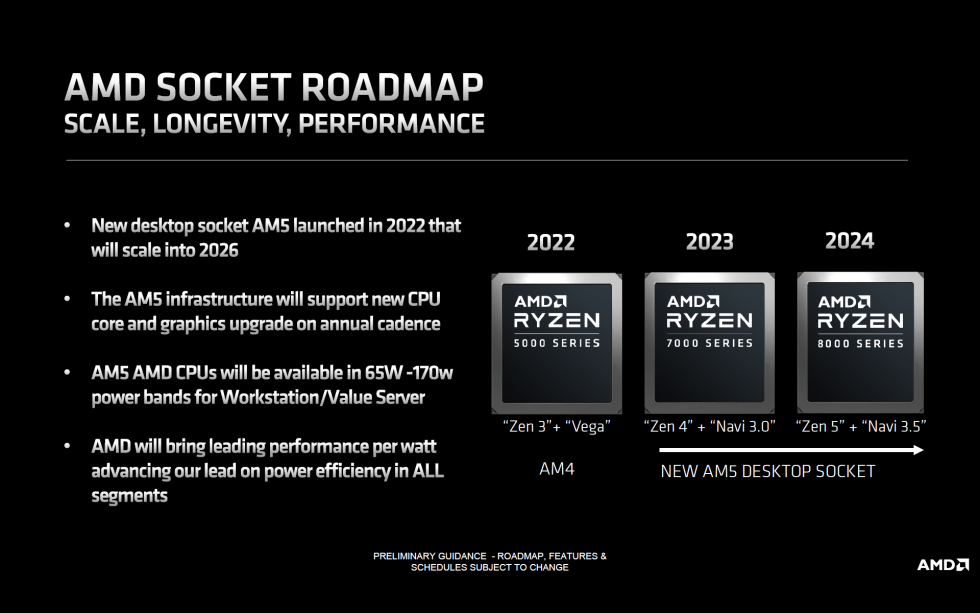
Speaking of APUs, it appears that Phoenix AM5 desktop chips are already in the works as AMD has found a market for them. That market isn’t as big in the do-it-yourself space, he said, but the OEM users who need a chip that can house a GPU and allow them to do all their tasks in an SFF or commercial PC are definitely big enough to warrant such a product. So AMD is saying that if there is a PC market for users who want such chips, AMD will definitely support those customers.
That’s especially good, he said, considering that there have been several reports of AMD Ryzen 7000G or Phoenix AM5 desktop APUs being delayed until later this year or early 2024. One would hope that AMD could realize a reasonable DIY and OEM release, as these APUs offer a lot of value in the budget segment, especially considering the prices for discrete GPUs, which are hard to come by under $200. A sub-$200 chip with an RDNA 3 GPU offering similar performance to a $100-$150 discrete GPU would be great for gamers, he said.
As the Ryzen Desktop Guy I think about that question a lot. You know even in our AM4 portfolio there are very different customers who buy a 5600G vs a 5600X. There’s a class of buyers who wants to build SFF desktops, that wants to do things like APU based gaming. I think there will be a set of people where a Phoenix-based desktop APU would be very attractive for them, with RDNA3 graphics and Zen 4 CPU cores. I think there will be some people that will want that.
AMD VP, David McAfee (via TechpowerUp)
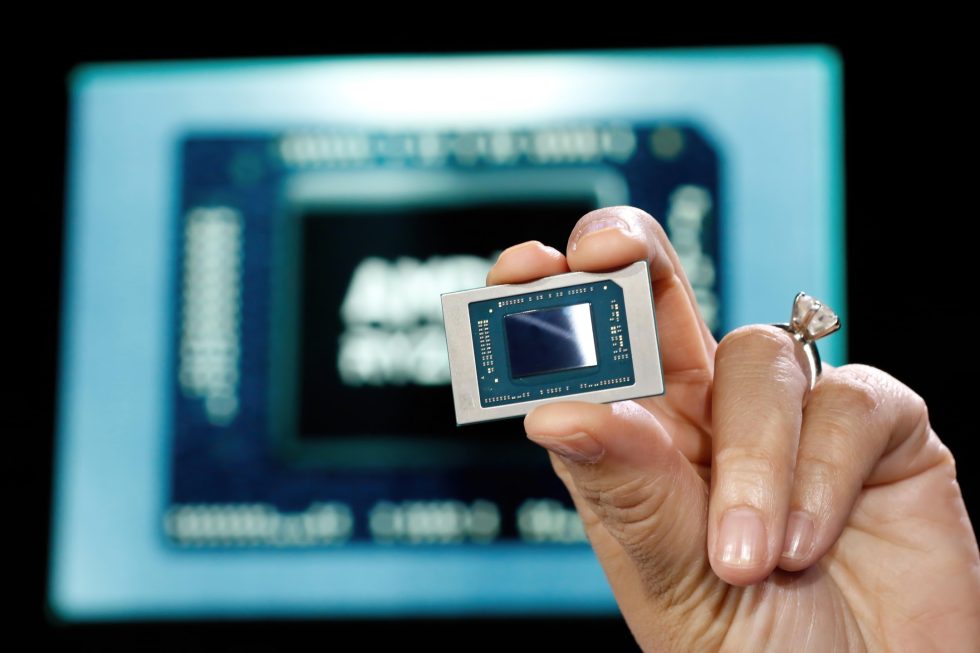
On the subject of x86S, which was recently proposed by Intel to pave the way for 64-bit-only architectures, AMD says it will definitely look at it and has been evaluating similar proposals for a long time. They find Intel’s proposal very interesting.
We have absolutely been looking at that. We’ve been evaluating similar proposals for a long, long time. It is both incredibly beneficial to make that break, also very, very complicated. I think it is a non-trivial exercise to strip out legacy compatibility in a core architecture as well as time that in a way so that it matches up perfectly with an OS transition that also eliminates a lot of these legacy compatibilities. I would say “very interesting,” something that really, we would have to look at as an industry and make that move in concert. We find Intel’s proposal pretty intriguing as we look at that.
AMD VP, David McAfee (via TechpowerUp)
All in all, it was a very nice interview with David and they can’t wait to see the new chips in action. They are particularly looking forward to the hybrid approaches and especially the AM5 launches, which would include both Zen 5 and APUs for the low-cost DIY and OEM markets.
Source: WccfTech





























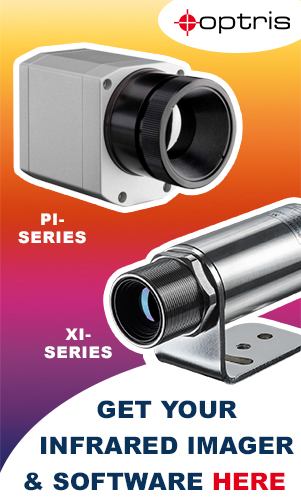


20 Antworten
Kommentar
Lade neue Kommentare
Urgestein
Urgestein
Veteran
Neuling
Veteran
Urgestein
Urgestein
Mitglied
Urgestein
Veteran
Urgestein
Urgestein
Veteran
Veteran
Urgestein
Urgestein
Veteran
Veteran
Urgestein
Alle Kommentare lesen unter igor´sLAB Community →